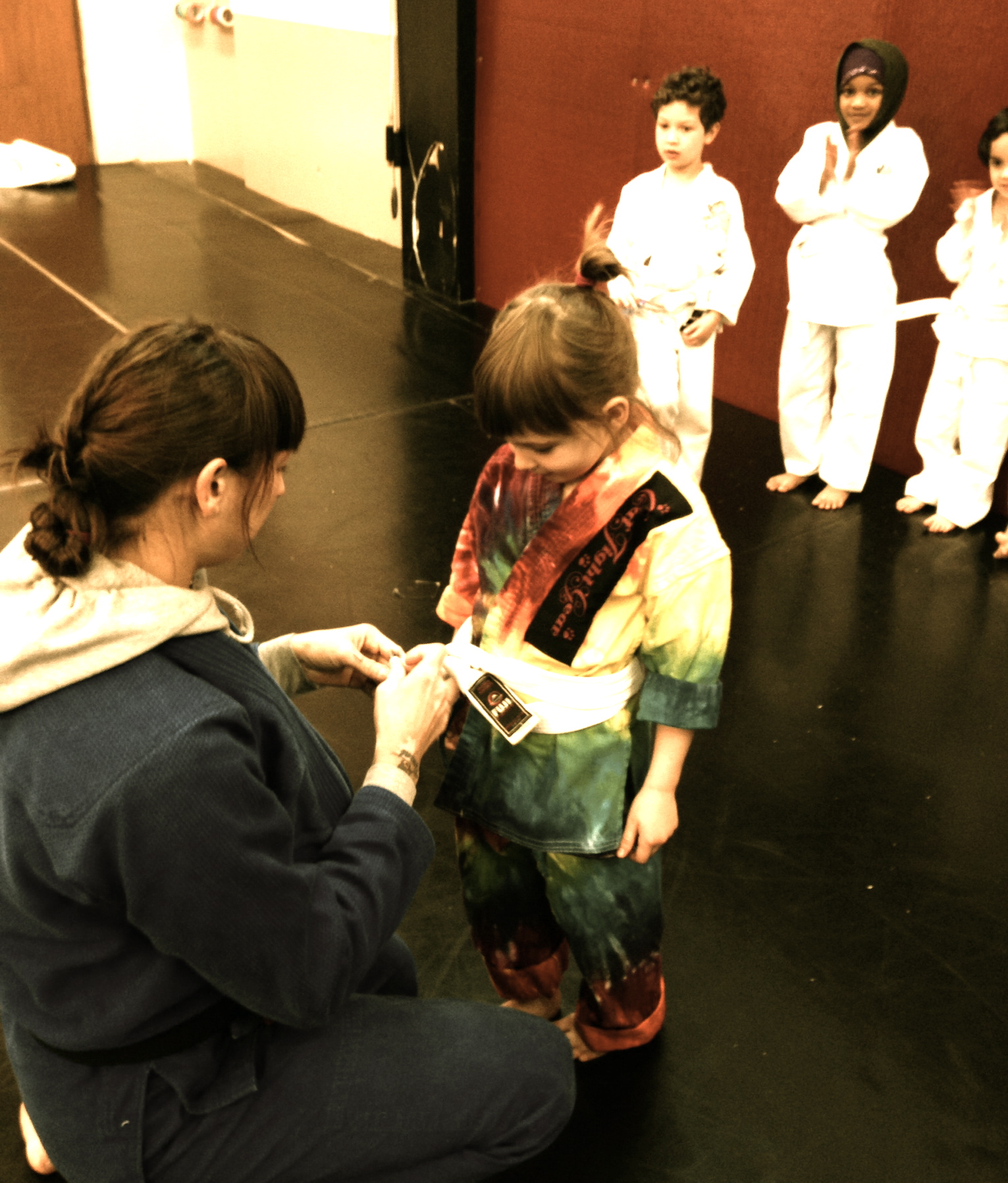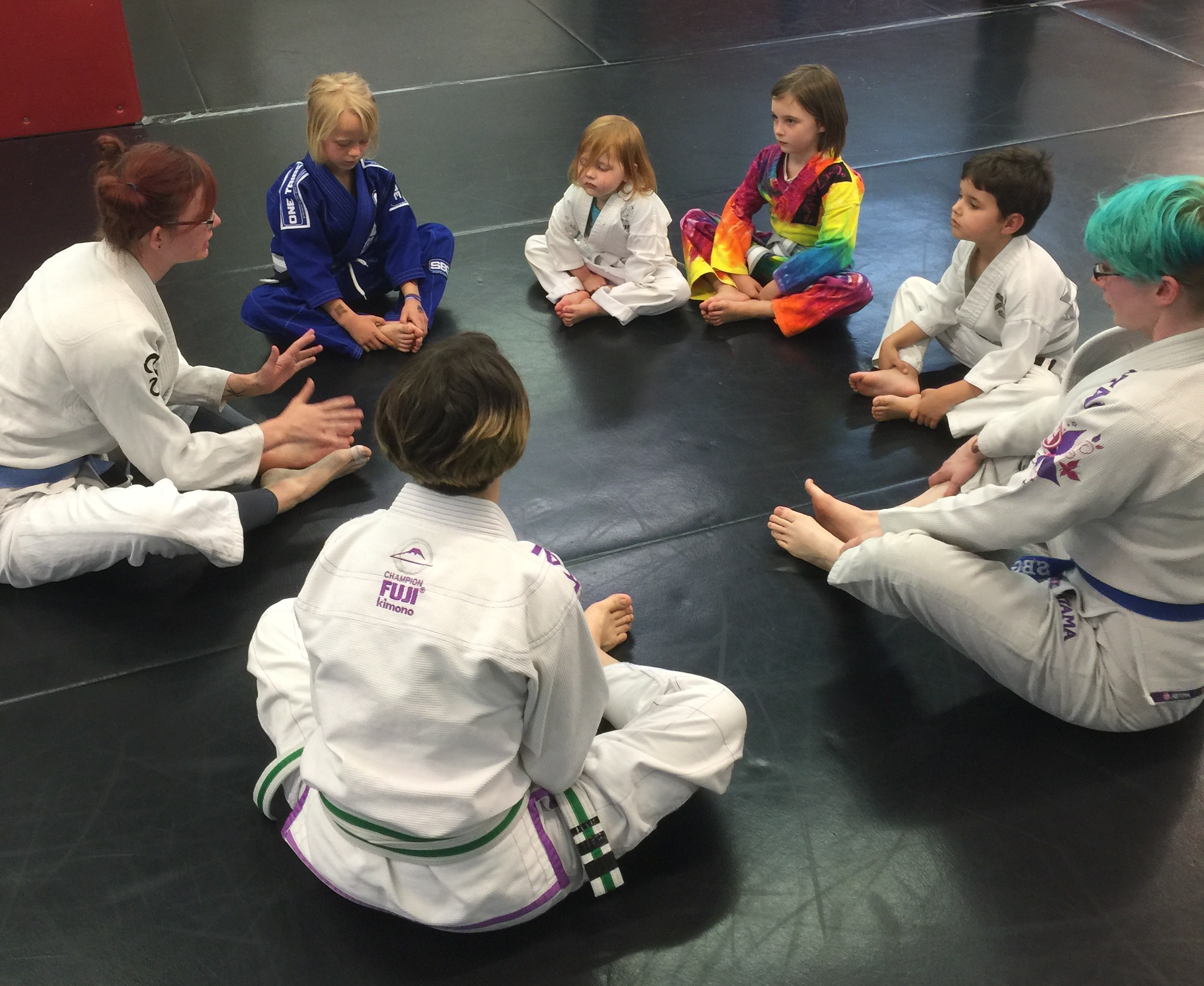
“If you haven’t read hundreds of books, you are functionally illiterate, and you will be incompetent, because your personal experiences alone aren’t broad enough to sustain you. Perhaps if you are in support functions waiting on the warfighters to spell out the specifics of what you are to do, you can avoid the consequences of not reading. Those who must adapt to overcoming an independent enemy’s will are not allowed that luxury.”
– General Mattis
I’m a skimmer. For every book I read, there are three where I don’t go past a chapter or two. Sometimes I buy them for reference later. Sometimes I plan to read them later. Sometimes I feel the author has said what they needed to say, and the rest is repetitive (The War of Art was a classic example of that). And sometimes, I just don’t like them that much. I left those out of this year’s list. All the books listed below were compelling enough to warrant a full-read. The best end up dog-earned, and marked with highlighter on every other page. Or, in the case of Sowell’s “Discrimination and Disparities,” every-single-page.
I always enjoy book recommendations, so I assume many of you will as well. If you find yourself engrossed in something really good this year, pass it on. Reading is good for everybody.
2019 reads:
– The Index Card, by Helain Olen & Harold Pollack:
If, like me, you were taught little to nothing about personal finance in school, you’ll probably want to read this. The good news is what you really need to know can be condensed down to one small book. The ad-copy reads: “The most important financial advice is stunningly simple and fits on an index card. The newbie investor will not find a better guide to personal finance.” It’s true.
– The Undoing Project, by Michael Lewis:
I consider Lewis to be the best non-fiction writer alive. Everything he’s written is worth reading. Here he delves into the lives of two psychologists who created the field now known as “behavioral economics.” If how people make decisions is at all interesting to you, you will really enjoy this.
– The Singapore Story, by Lee Kuan Yew:
I have visited Singapore several times. On my first trip I found myself immediately fascinated by the culture, politics, and organization of the city-state. Lee Kuan Yew was the man responsible for it. There is so much in this memoir that regardless of your interests you will find yourself fascinated by this man’s ideas, leadership and life.
– Prisoner’s Dilemma: John von Neumann, Game Theory, and the Puzzle of the Bomb, by William Poundstone:
I went to a talk with Brett Weinstein early last year, and he referenced game theory. It wasn’t the first time I heard him mention it. This piqued my curiosity. I picked up this book with only a cursory knowledge of who von Neumann was. I knew he was so intelligent that the Joints Chief of Staff sat around his death bed when he died. I knew little else. I bought the book to learn about game theory, not von Neumann. Within a few hours I had read the entire book on a flight, and discovered that you really can’t separate the man from the theory. I’m not even sure you can properly understand our strategic position when it comes to nuclear deterrence, without understanding the history laid out in this book; a history that includes von Neumann, the earliest of computer simulations, the RAND think-tank, and more. I list this book as a must read. It changed the way I think about our world.
– The Strategist: Brent Scowcroft and the Call of National Security, by Bartholomew H. Sparrow:
I like biographies. This is an excellent one. Scowcroft will go down in history as one of America’s great strategic thinkers. From our departure from Vietnam, to the first Gulf War, Scowcroft has played a major role in foreign policy for more than 30 years.
– On Grand Strategy, by John Lewis Gaddis:
When I get interested in a topic, I tend to read multiple books on the subject. My mind works in themes. After reading the amazing “Prisoners Dilemma,” detailed above, I went on a “strategy” binge. Gaddis has taught on the subject for years at Yale, and this was an easy read.
– How to Have Impossible Conversations, by Peter Boghossian & James Lindsay:
Full disclosure, Pete is a good friend of mine. That aside, everyone should read this book. Pete’s made a lifetime study of critical thinking, and changing people’s minds. In an age where more people than ever are parroting the least interesting and most divisive rhetoric of their given ideology, this book helps you carve a path through the mine-field of nonsense.
– Battle for Zimbabwe: The Final Countdown, by Geoff Hill:
In 2019 I made my 8th visit to Africa. What made this trip so special was that I also took my whole family. Along the way I went down a rabbit-hole with my fascination for African politics and history, in particular, Robert Mugabe and the ZANU-PF. Understanding how a monster like Mugabe takes and maintains power is interesting to me, as is the history of Zimbabwe (formerly Rhodesia). The author, Geoff Hill, was present as all of it happened.
– The Secret Society: Cecil John Rhodes’s Plans for a New World Order, by Robin Brown:
If you don’t know much about the life of Cecil John Rhodes, if your only context is the Rhodes scholarships, or what your hippie professor said in Colonial Studies class, then read this book. It’s hard to imagine a more fascinating man. It’s also hard to name anyone of Rhodes generation who continues, by intentional plan, to have such a large effect on the modern ruling-class.
– We Dared to Win: The SAS in Rhodesia, by Hans Wessels:
“Andre Scheepers grew up on a farm in Rhodesia. Wounded 13 times, his operational record is exceptional even by the tough standards that existed at the time. He emerged as the SAS officer par excellence; beloved by his men, displaying extraordinary calmness, courage, and audacious cunning during a host of extremely dangerous operations. “ If you’re interested in military operations, or African history, you’ll love this.
– A Handful of Hard Men, also by Hannes Wessels:
Sticking with my Africa theme, this book details the battle for Rhodesia. As the Amazon description says: “It is difficult to find another soldier’s story to equal Captain Darrell Watt’s in terms of time spent on the field of battle and challenges faced. Even by the lofty standards of the SAS and Special Forces, one has to look far to find anyone who can match his record of resilience and valor in the face of such daunting odds and with resources so paltry.” That’s an understatement. Read the book.
– The Goodness Paradox: The Strange Relationship Between Virtue and Violence in Human Evolution, by Richard Wrangham:
Because I write about this topic, I feel somewhat obligated to stay current on the literature. Most of it isn’t worth passing on. This is an exception. “We Homo sapiens can be the nicest of species and also the nastiest. What occurred during human evolution to account for this paradox? What are the two kinds of aggression that primates are prone to, and why did each evolve separately? How does the intensity of violence among humans compare with the aggressive behavior of other primates?” Read the book and find out.
– Fear, by Bob Woodward:
I read a few books on Trump in 2018, and was quickly bored. To be honest it would be hard to find a topic I’d consider less interesting. Trump seems transparently devoid of anything worth spending time on. I made one exception in 2019, and that was Woodward’s book. If you’re looking for something depressing to read – you’ll love it.
– Loser Think, by Scott Adams:
Speaking of Trump, this little book that came out towards the end of 2019 is fascinating. I don’t generally agree with Adam’s assessment that Trump is some sort of misunderstood communications genius. Trump’s much closer to a vulgar Chance the Gardner, from the wonderful book “Being There,” than he is anything intentional. But, as boorish as Trump is, he does have the power to bring out the worst in just about everybody, and that includes his political opponents. Adams offers a class in the fallacies most commonly adopted by Trump’s antagonists. If the Democrats really want to beat him, they should read this book.
– The Education of an Idealist, by Samantha Power:
I remember the first time I became aware of Samantha Power. She was interviewed on the Charlie Rose Show. I was immediately fascinated by her decency and idealism because, unusually, it seemed matched by equal amounts of open-eyed realism. I couldn’t help but like her. I was also happy to see Obama later pick her for UN Ambassador. Whatever your political beliefs, you’ll find plenty to interest you and plenty to admire in her memoirs.
– Discrimination and Disparities, by Thomas Sowell:
I began reading Thomas Sowell many years ago, thanks to his critics. Time and time again I’d see pejoratives hurled his direction. After a while I started to recognize that’s all they (his critics) had. No one addressed his arguments. When that happens, I usually go direct to the source. I am so glad I did.
If I was forced to pick one book from my 2019 reading that had the largest effect on me, it’s this one. What Sowell does here, unsurprisingly if you’re familiar with his work, is dismantle, piece by logical piece, the fallacy that any disparity in outcome must, by definition, be proof of discrimination. One of the pernicious effects of this fallacy is that it makes it much harder to find real discrimination where it exists. It also leads to counter-productive public policies.
If you have a “woke” friend or two, buy them this book, ask them to consider the arguments Sowell puts forward, and then ask for a rebuttal. I’ve yet to read a rational one. This is nothing less than an expert-class in logical thinking.
I read it twice.
“Wrongs abound in times and places around the world – inflicted on, and perpetrated by, people of virtually every race, creed and color. But what can any society today hope to gain by having newborn babies in that society enter the word as heirs to prepackaged grievances against other babies born into that same society on the same day.” ― Thomas Sowell, Discrimination and Disparities
– Kissinger, by Niall Ferguson:
I went on a Nixon journey in 2017 and 2018. Unlike Trump, I find the former president infinitely fascinating. That combined with my respect and admiration for Niall Ferguson’s writing, is what had me reading this. This volume deals with Kissinger’s early life, and ends in 1968, just as things start to get even more interesting. Accomplished historian writing about one of the world’s most interesting strategic thinkers – why wouldn’t you read it?
– Moynihan, a portrait in letters of an American visionary, by Steven Weisman:
Daniel Patrick Moynihan is a giant. A self-made man of letters who became a powerful politician, diplomat, and philosopher. His ideas and predictions remain prescient. He never wrote an autobiography, but he wrote volumes of letters on virtually every topic. How did he feel about the JFK assassination? What did he think of Nixon, or Clinton? Biographies focused primarily around the subject’s own letters are one of my favorite things to read. I enjoyed this one a lot.
– President Nixon, by Richard Reeves:
“This would be an easy job if I didn’t have to deal with people.” – Nixon.
This is a carry-over from my previous year’s fascination with the former president. Reeves gained access to previously classified documents, and pulled me back to the subject matter. If you’ve not read much on Nixon, or worse, know only the shallow caricature that pours out of popular culture, read this as a start.
– Psychoses of Power, by Samuel Deccaio:
The last book I read in 2019. Have you ever heard of Teodoro Nguema? How about the nation of Equatorial Guinea? No? Then quick, go check out the Instagram page of: teddynguema
Teddy is the son of the dictator who runs this communist friendly kleptocracy. A country that has some of the worst income inequality on the planet. Its people die of starvation and preventable disease, daily. Meanwhile, you can watch old Teddy hanging out with American rap-stars, buying expensive cars, jet-setting, and partying all around the world. All of which he posts, without any sense of shame, on his Instagram page.
In a sea of filthy autocracies, Equatorial Guinea is one of the filthiest. And you can watch it all go down, live, on Instagram. One of many stories of horror (there are no shortages in Africa) from this book.
– Ireland’s Pirate Queen, by Anne Chambers:
Probably the most successful female pirate of all time, if not all pirates, Grace O’Malley lived off the coast of Ireland, where she trafficked in hijacking British and Spanish ships. Queen Elizabeth eventually wrote O’Malley, sending her a long list of questions. O’Malley’s reply gained her an audience with the Queen. The two were said to have spoken privately in Latin. Queen Elizabeth became a fan, and O’Malley went from pirate, to privateer. O’Malley’s story is amazing.
A fun side note, my son Liam once got in trouble in Ireland, for laying on her bed.
– First You Write a Sentence, by Joe Moran:
I rarely find books on writing compelling. There are three exceptions from the last couple of years. A Sense of Style, by Steven Pinker, Stephen King’s, On Writing (both of which I read in 2018), and, First You Write a Sentence, from this year. If you love the craft of writing, those are my top picks.
– The Madness of Crowds, Douglas Murray:
Murray’s been called the new Hitchens. I am not sure about that. I am sure he is brilliant. If you like watching reason and logic in action, check out some of his debates on YouTube.
“Simply brilliant. Reading it to the end, I felt as though I’d just drawn my first breath in years. At a moment of collective madness, there is nothing more refreshing – or, indeed provocative, than sanity.” – Sam Harris
Read this book, and feel sane again.
– Debunking Howard Zinn, by Mary Graber:
One of my favorite books this year. Debunking Zinn provides the citations we all knew were there – the blood trail that leads to all that’s left of his alternative history, or, better stated, propaganda, once the facts are checked. The pendulum swung heavy from a white-washed version of history favored in the 1950’s, to a communist, anti-American version that’s just as one-sided.
I don’t think future historians will take Zinn seriously, there is no reason to, but, as long as he’s still taught in our schools, books like this one will need to be written. I don’t want my history minus warts, but I also don’t want only warts. Especially make believe ones.
– The Shadow War, by James Sciutto:
Is it possible that the western world is losing a war of propaganda that most don’t even know is being waged? I spent a week watching RT (Russian TV channel) television when I was overseas last year. The intent, and method used is the programing was pretty easy to decipher if you watch carefully. That doesn’t mean it isn’t done well. Western, by which I mean “open,” societies that still operate with a free press are going to have to learn to operate in a world with RT, and Russian propaganda farms bent on taking over the NRA, BLM, and any other wedge issue or organization that can serve as useful vehicles for sewing dissension.
– David Stirling, by Alan Hoe:
If the name “David Stirling” doesn’t immediately ring bells in your memory bank, stop what you’re doing and read this book. How to explain the life of David Stirling? The man who created Special Air Services, the SAS, widely considered one of the best Special Forces units in the world. War hero. Founder of the Capricorn Society, an organization devoted to making Africa free of racial discrimination (his model was later used by the ANC). Founder of an organization called Great Britain 75 (designed to keep the peace in case of civil unrest). The list goes on and on. If you want to know who the “world’s most interesting man” was, then you want to know about David Stirling.
– Art Matters, by Neil Gaimon:
A beautiful, short, illustrated book about why art matters. Not many people can make that case without sounding like narcissistic-bohemian-accomplish-nothings – but – Gaimon can.
– Dracula, by Bram Stoker:
I try and read at least one classic a year. Dracula interested me because of the format Stoker used. It’s told completely in letters written back and forth between the characters. It holds up as entertaining and engaging.
– Satan, his Psychotherapy and Cure, by Jeremy Levin:
I first read this book more than 32 years ago, in the army. I never forgot it. Funny, interesting, with the advent of AI, it’s only become more prescient. A brilliant engineer builds a computer that becomes famous for being sentient, in the passes the Turing Test sort of way. Turns out, the computer is actually possessed by the devil, and that devil is in love with a woman. Fun book. Levin is also a great writer.
– Leadership, Strategy and Tactics, by Jocko Willink:
There are some people who, when they talk leadership and management, I listen. Jocko is one. He also writes great kid’s books.
Now – Go read.


